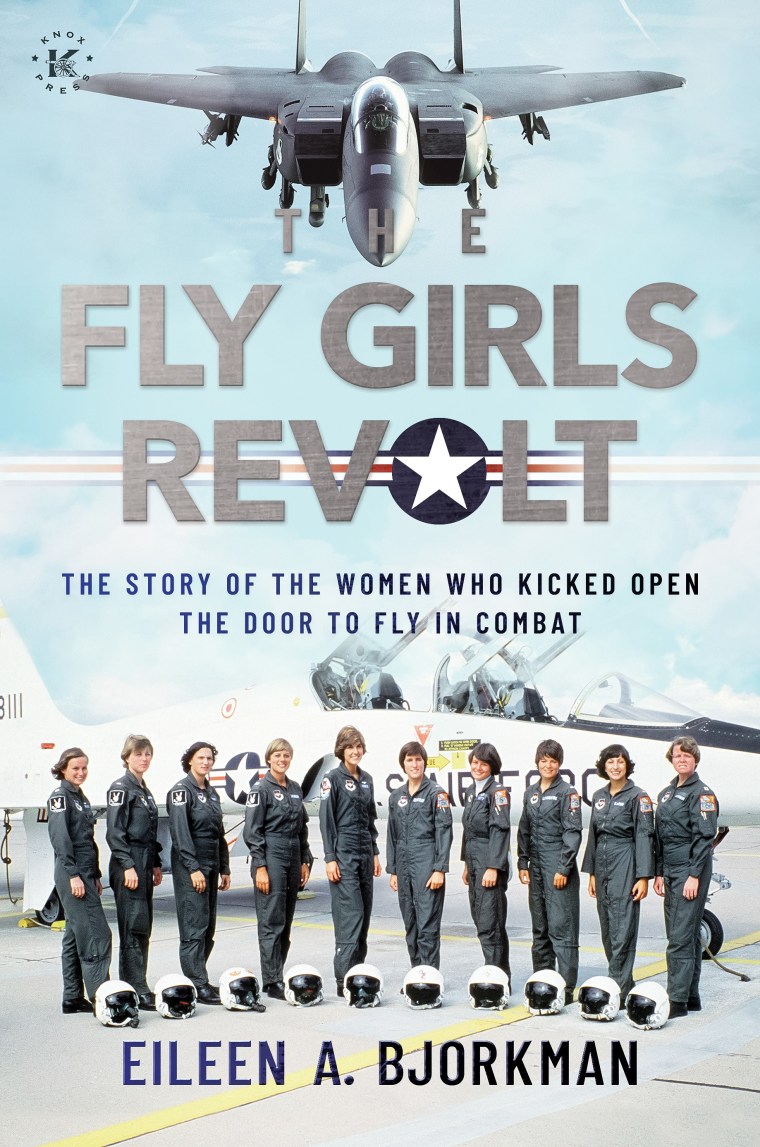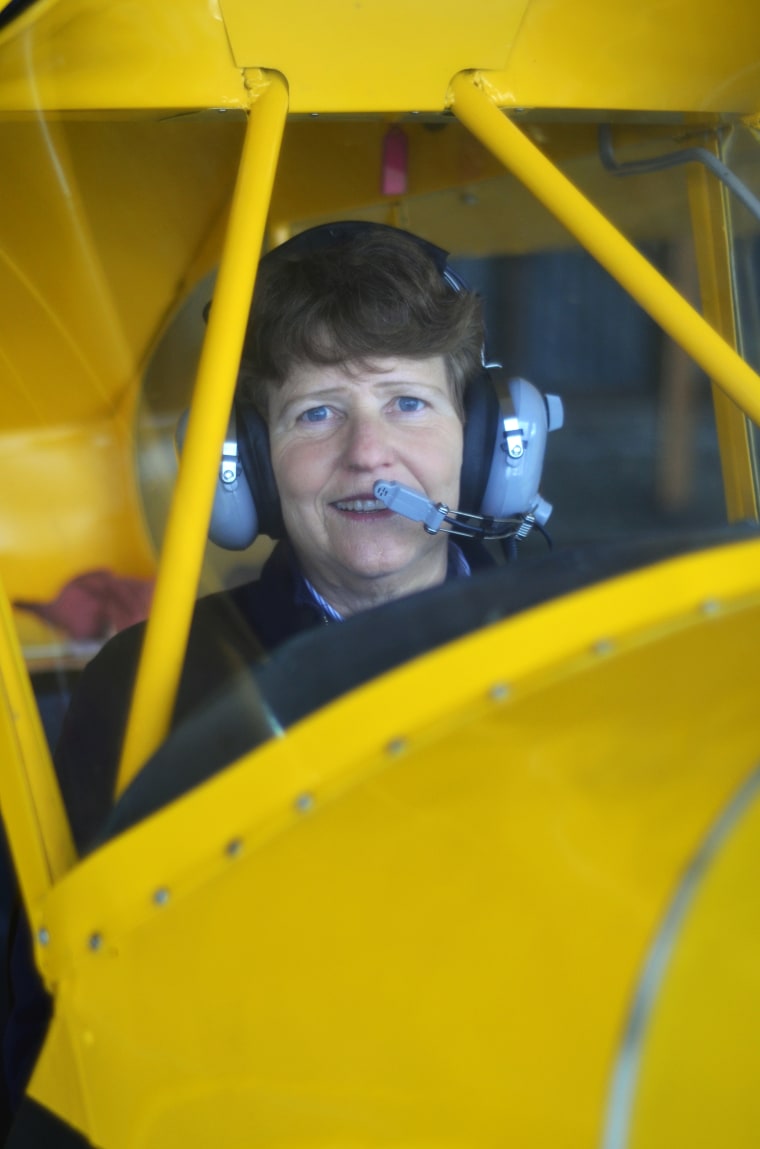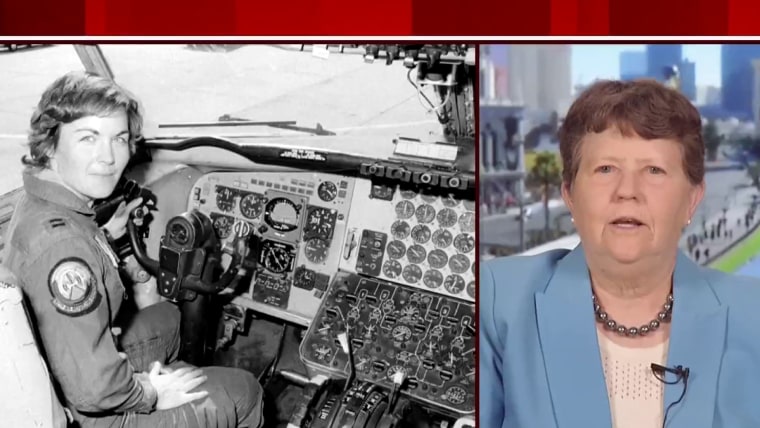In 1993, women in the U.S. earned the right to fly in combat. But the full story of how it happened is largely unknown – until now.
Eileen Bjorkman is out with a new book, “The Fly Girls Revolt: The Story of the Women Who Kicked Open the Door to Fly in Combat.” In it, she shares the untold stories of Air Force women’s fight to fly. Bjorkman herself is a writer, pilot, aeronautical engineer and retired Air Force colonel.
The book’s release coincides with the 50th anniversary of women being trained as military pilots in the U.S. and the 30th anniversary of women in aviation combat. It’s also 75 years since the Women’s Armed Services Integration Act of 1948, which granted women the right to serve as permanent, regular members of the Army, Navy, Marine Corps and the Air Force.
“[The military] needs women,” Bjorkman said, “I hope this book will inspire younger women to consider careers in aviation and the military.”

From the first women in the military in World War II, to the final push in the 1990s, the book documents the actions of a band of women who challenged the status quo, overcame decades of discrimination and fought for their rights against bureaucrats, chauvinists, anti-feminists and even other military women.
The book tells the stories of the many women who fought to fly in combat. That includes Kathy Cosand, the first woman pilot to earn an Air Medal; Stephanie Wells, one of the first women instructor pilots in the Air Force; Margie Clark Varuska, who was in the first class of women to graduate from the U.S. Air Force Academy; and Sharon Preszler, the first woman to fly the F-16, both in combat and as an instructor.
Each woman’s individual story helped bring greater inclusivity of women in the U.S. Air Force.
Bjorkman, now 65, joined the military in 1980. As a flight test engineer, she was one of only a handful of women who flew in fighter airplanes in the 1980s.

She said although there is plenty to celebrate in terms of how far women have come in the military, there’s still a long way to go. For example, even today, less than 8 percent of U.S. military pilots are women. And women only make up about 17.3 percent of the active military.
Bjorkman said a history of sexism, harassment and a lack of encouragement and opportunities for young girls kept women away from joining the military and aviation.
In her 30+ years of service in the Air Force, Bjorkman was no stranger to sexism from her male counterparts and superiors. “I was once told [in the early 1990s and after serving for over 10 years] that I couldn’t be a leader because I was a woman,” Bjorkman recounted.

“The march to equality was not steady,” wrote Bjorkman. “It was more like a game where the women started 10 points behind, and every time they clawed their way forward, the opposing team ran back over them.”
The military has since improved their culture for women through youth programs, targeted recruiting and mentoring, according to Bjorkman. And with more women, she said the military will continue improving the culture and bringing in the best talent as possible. “We need access to everybody, [men and women], if we're going to have a strong military,” Bjorkman said. “It's our diversity that makes us strong.”
She also said that she hopes her book will inspire women of her own generation – as well as generations before and after – to share their own stories. “There are thousands of stories waiting to be told,” Bjorkman said, “And millions of young girls waiting to be inspired.”

